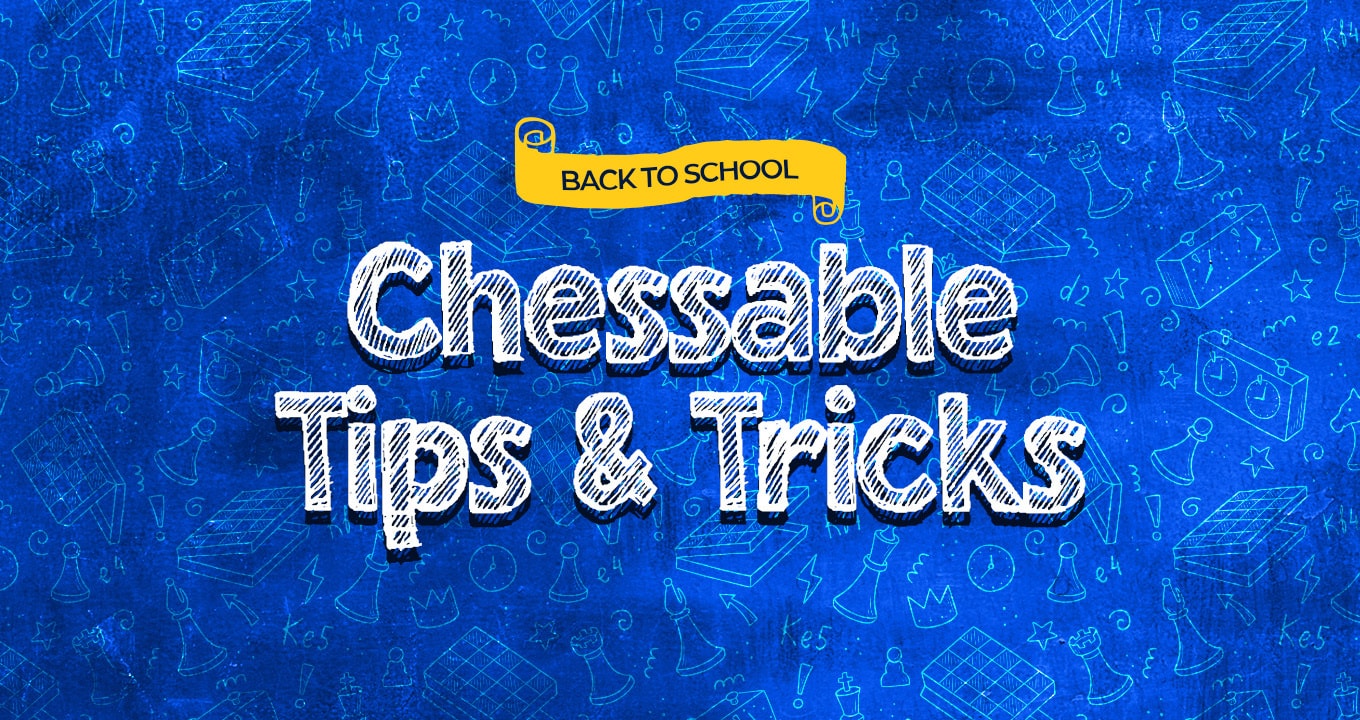There are two ways to play for a draw – to enter a variation that leads to a forced draw (though in this case the opponent should also be willing to enter there) or to go for a simplified and drawish position, which still needs to be played but one where the probability of draw is rather high.
While there are quite a few forced draws in chess theory, we assume that when we want to make a draw our opponent wants to avoid it. Therefore the likelihood of these variations happening is low.
This leaves us with the second method, choosing openings and lines that simplify the game and make the draw relatively easy to obtain.
This “relatively” is a dangerous term. Depending on the strength of the player it varies in meaning – for some a certain position may be “a draw” while for others the same position may be still full of life.
Always be ready to adapt!
Therefore take into consideration your own understanding of the positions and the easiness of playing them out to the draw.
When playing for a draw it is of utmost importance to be psychologically ready to play a normal game if required, especially in cases where the opponent deviates from the best theoretical lines (that lead to a draw!) and chooses an inferior line in order to get a game.
Then there won’t be an immediate draw, but the position should be comfortable enough for an easy game. But easy or not, the game will be played and for this a different state of mind is required.
In short, never expect that you’ll make an easy draw thanks to your preparation and always expect that you will have to play the game!
Here’s an example
In Round 6 of the 2008 Bratto tournament, I was playing White on Board 1 against the reigning European Champion, GM Sergei Tiviakov.
I prepared for that game for more than four hours, checking all the possible options in the two openings he was playing – the Scandinavian and the Rossolimo (I wasn’t going to play the Open Sicilian). I was ready to play, but what happened, in fact, was what I actually hoped for.
1. e4 c5 2. Nf3 Nc6 3. Bb5 d6 4. O-O Bd7 5. Re1 Nf6 6. c3 a6 Until here he was playing a-tempo, even though I had never played this line before, but after my next move he became uncomfortable.
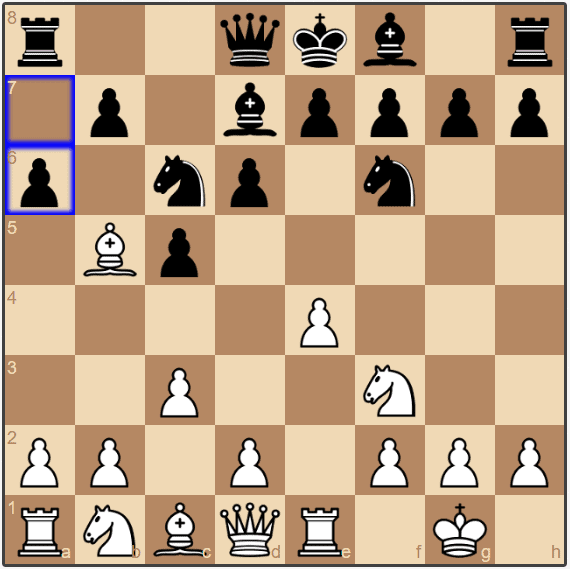
7. Bxc6 Bxc6 8. d4 And here he started to grow nervous. He thought for some 10 minutes and then played the next three moves rapidly and offered a draw.
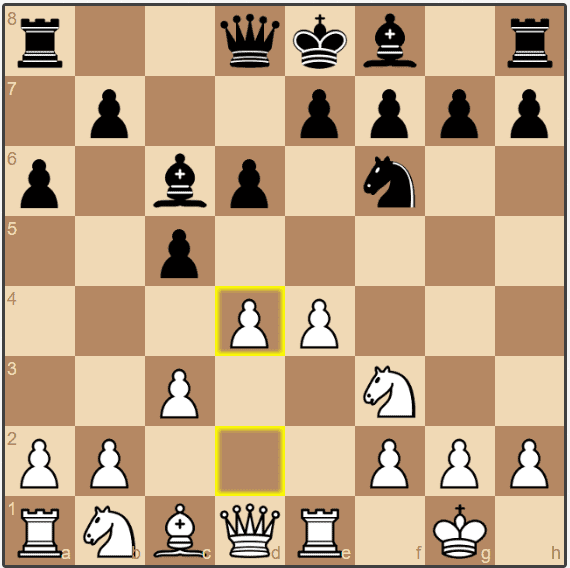
8… cxd4 9. cxd4 Bxe4 10. Bg5 Bxf3 A draw agreed.
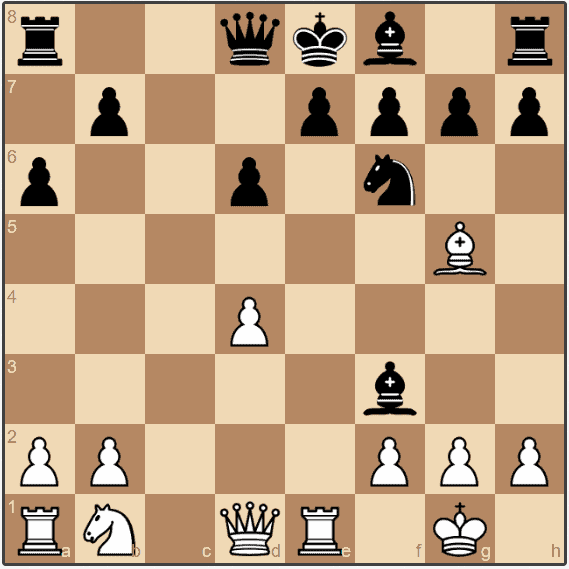
After 10… Bxf3 11. Qxf3 Qa5 12. Nc3 Qxg5 13. Qxb7 Rd8 14. Qc6+ is a well-known theoretical draw by perpetual check.
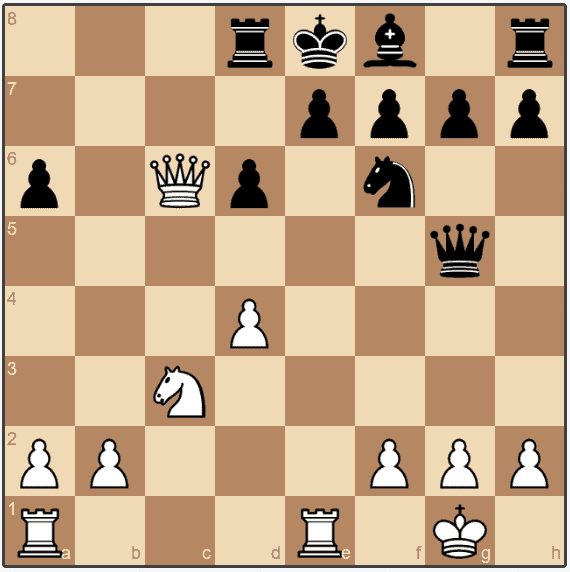
A triumph of my preparation as I got what I wanted, but in case he deviated I was ready to play a normal game. Sometimes it happens that you prepare for hours and the game lasts 10 minutes.
Playing for a draw is not easy and many players simply cannot play in this way. But sometimes it is necessary, for a variety of reasons.
It is then when we have to calm our nerves and do what is required.






